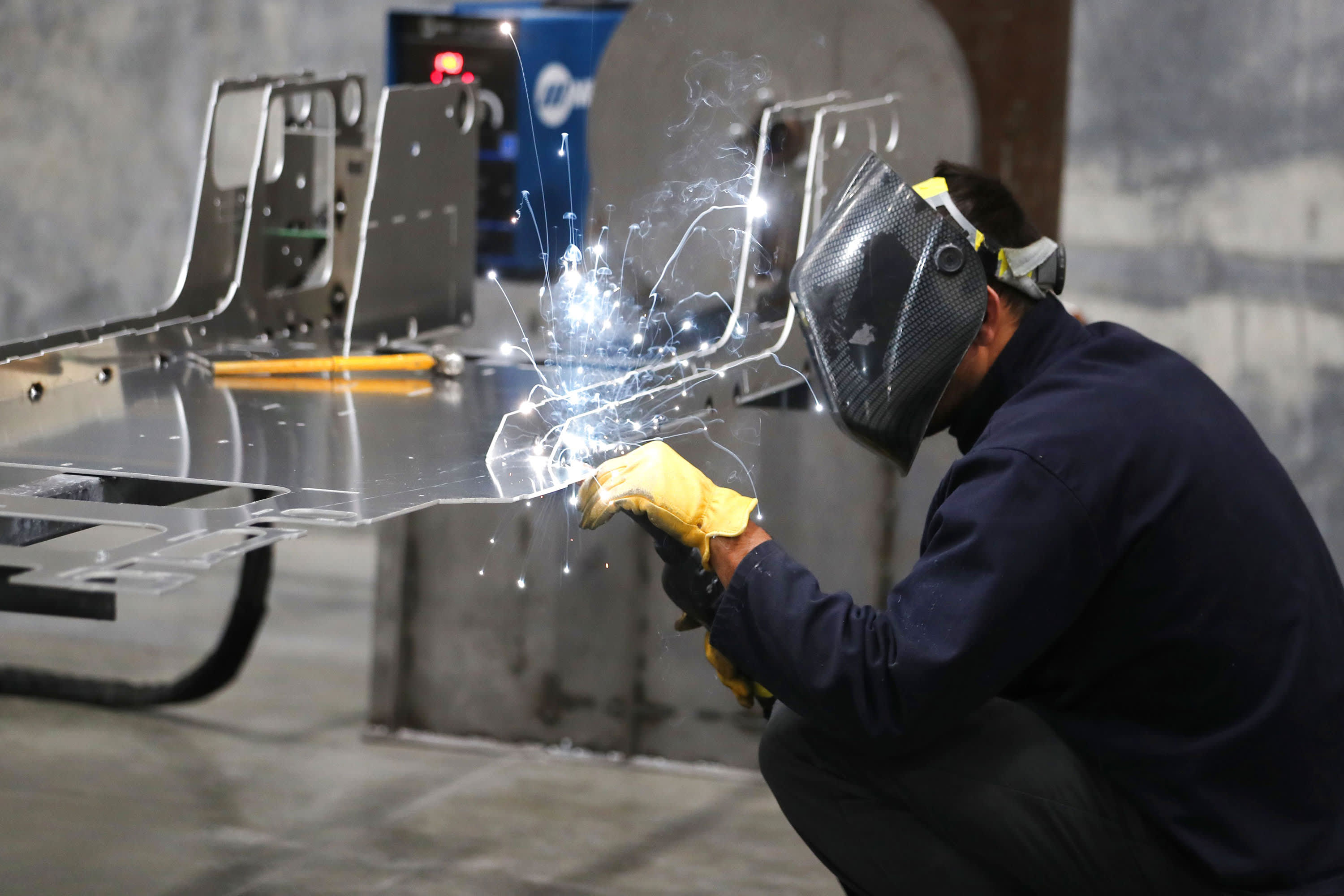Key business activity indexes for New York and Philadelphia pointed to continued expansion in August amid worries that the U.S.-China trade war was dampening growth prospects, according to two reports released Thursday.
The Empire State Manufacturing Survey had been expected to show a reading of 0.5 while the Philadelphia Fed Business Outlook Survey was projected at 8, according to economists surveyed by Dow Jones.
Both readings were well above those expectations, with the New York gauge posting a 4.8 reading and Philadelphia 16.8.
To be sure, both were declines from July readings, but they were solidly in growth territory. The indexes measure businesses reporting expansion against those contracting.
On the New York side, new orders and shipments expanded, despite concerns that tariffs would dampen activity. Indeed, the report indicated that an increase in input prices actually slowed during the month while selling prices were little changed.
Respondents did indicate less optimism, though the difference was still solidly positive, with 42.6% seeing stronger conditions against 16.9% weaker. That's a difference of 25.7 points, lower than the 30.8 in July. Hiring, meanwhile, was still negative, with a net difference of 1.6 points in number of employees, though that was a sharp improvement from July, when the difference was minus 9.6 points.
On the Philadelphia business conditions index, the reading reflected a decline from 22 points, but most of the underlying components pointed to growth.
The new orders index increased by 7 points, even though shipments fell by 6 points. However, the unfilled orders and delivery times gauges both were in positive territory, reflecting a solid pace of activity.
Employment in the region was less less positive, as the level of companies reporting higher worker counts fell by 11 percentage points to about 25%.
Inflation expectations also seem well in check amid worries that tariff costs would be passed along to consumers. Respondents were asked to forecast price changes, and the median result was a 2% increase, lower than the 2.8% predicted in May. Asked to forecast inflation in the year ahead, the median result was 2%, down from 2.5% in the previous quarter.


